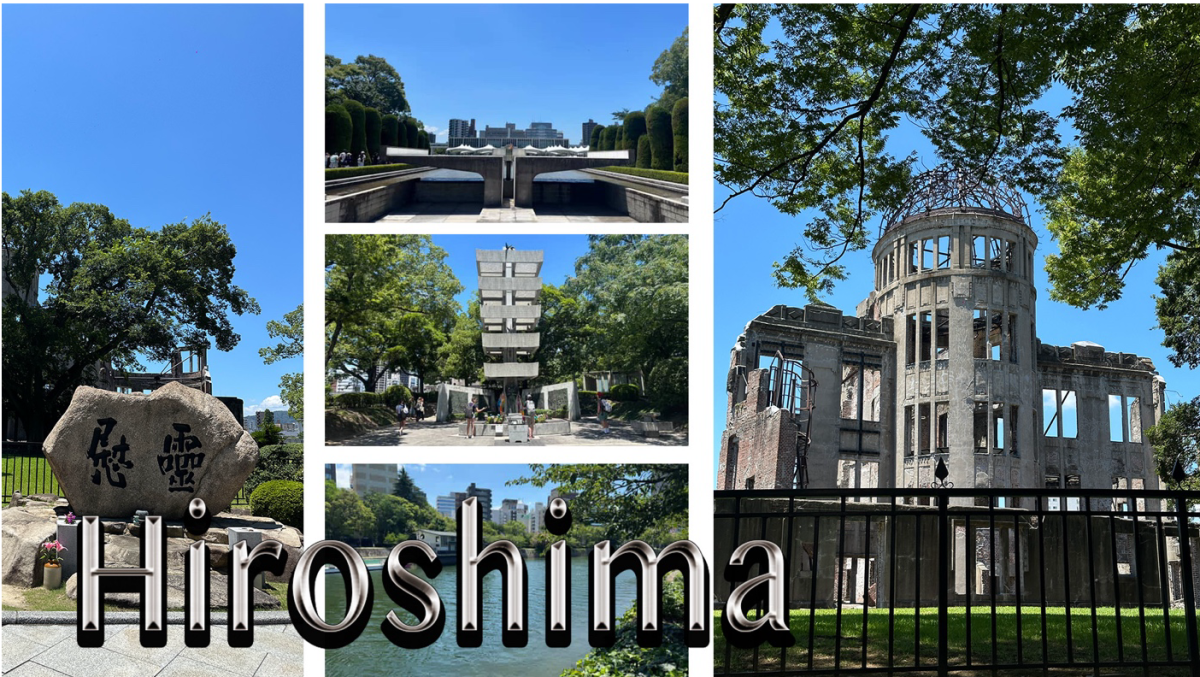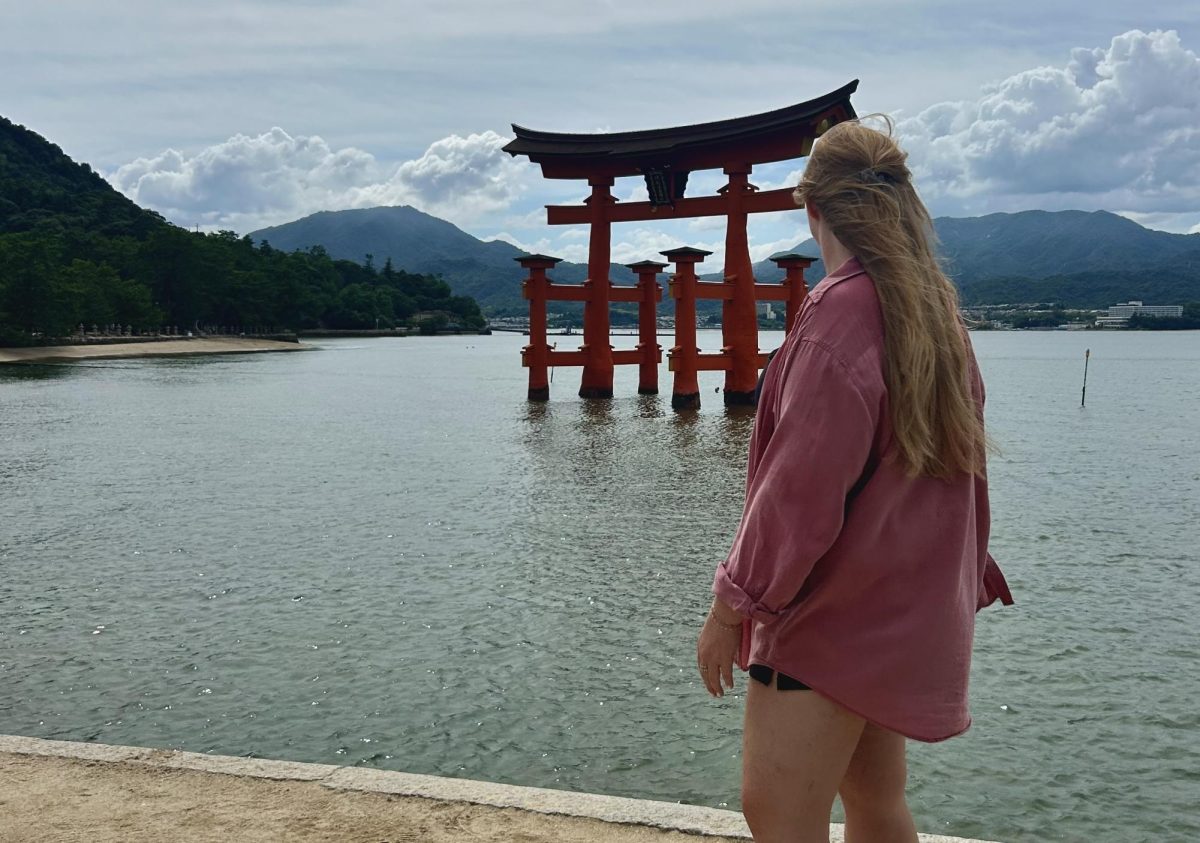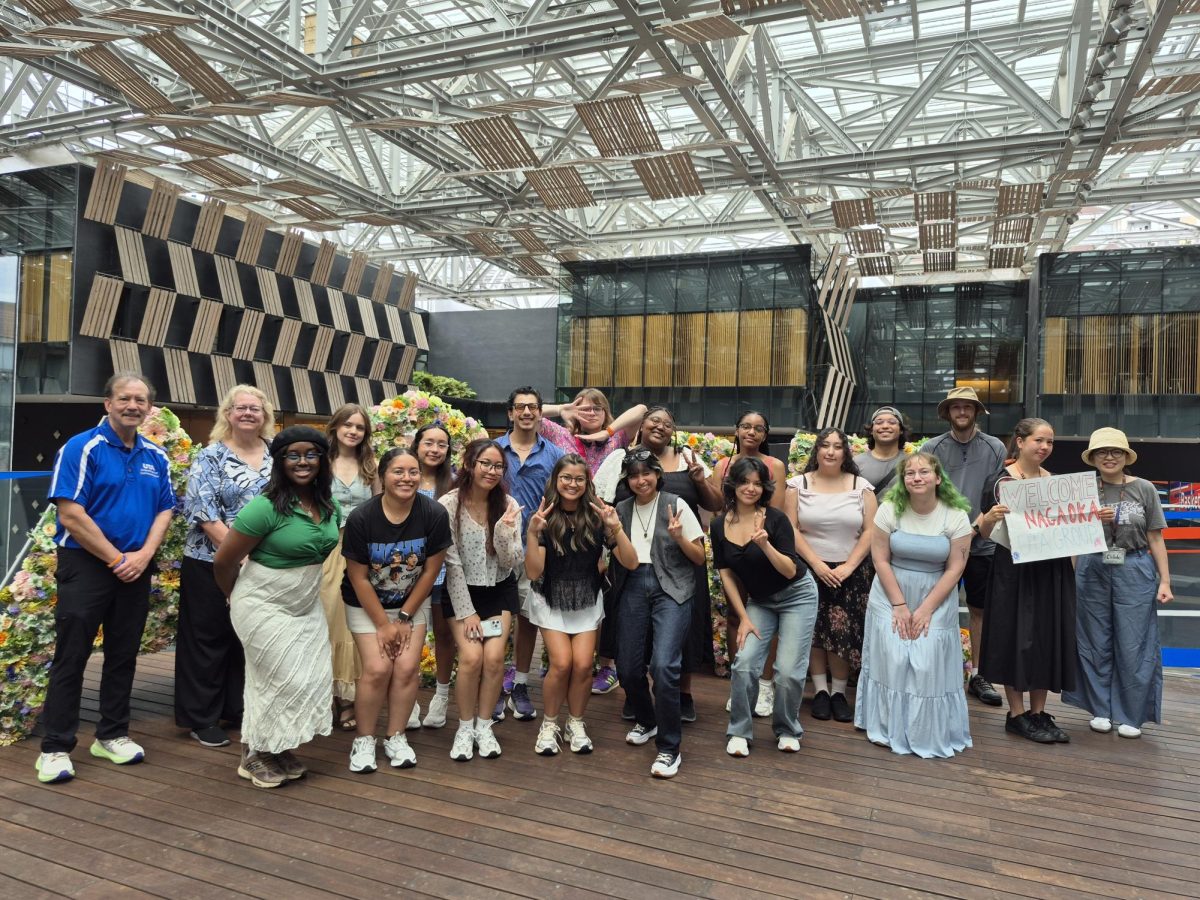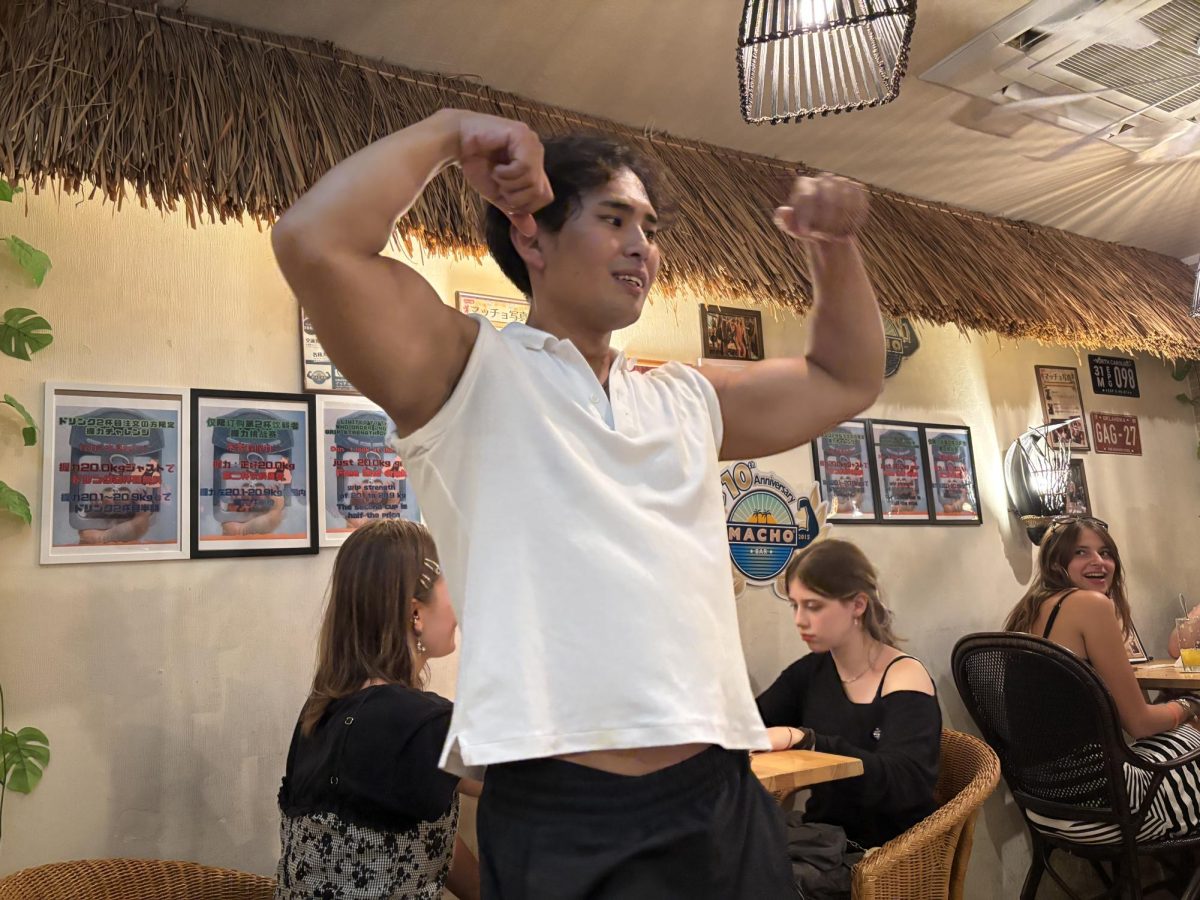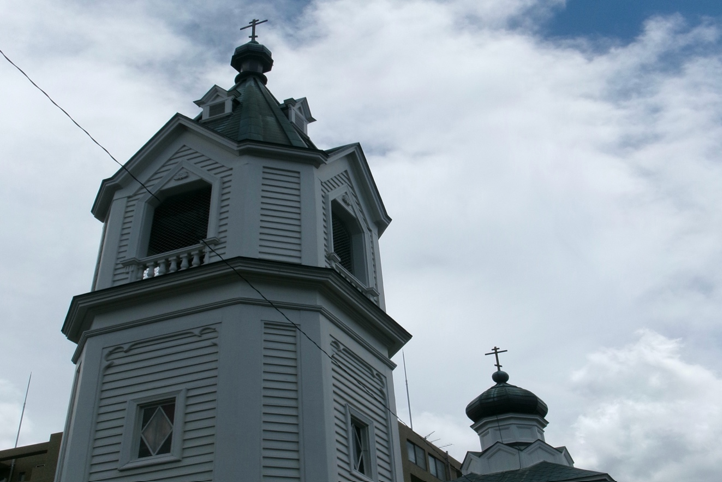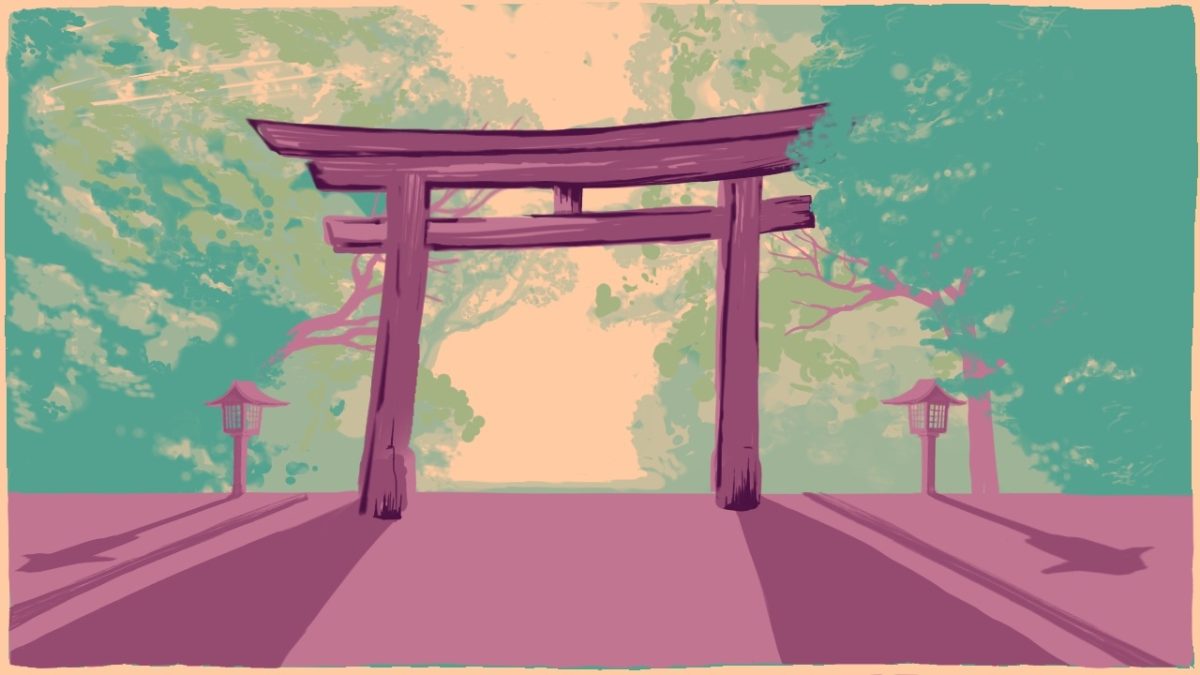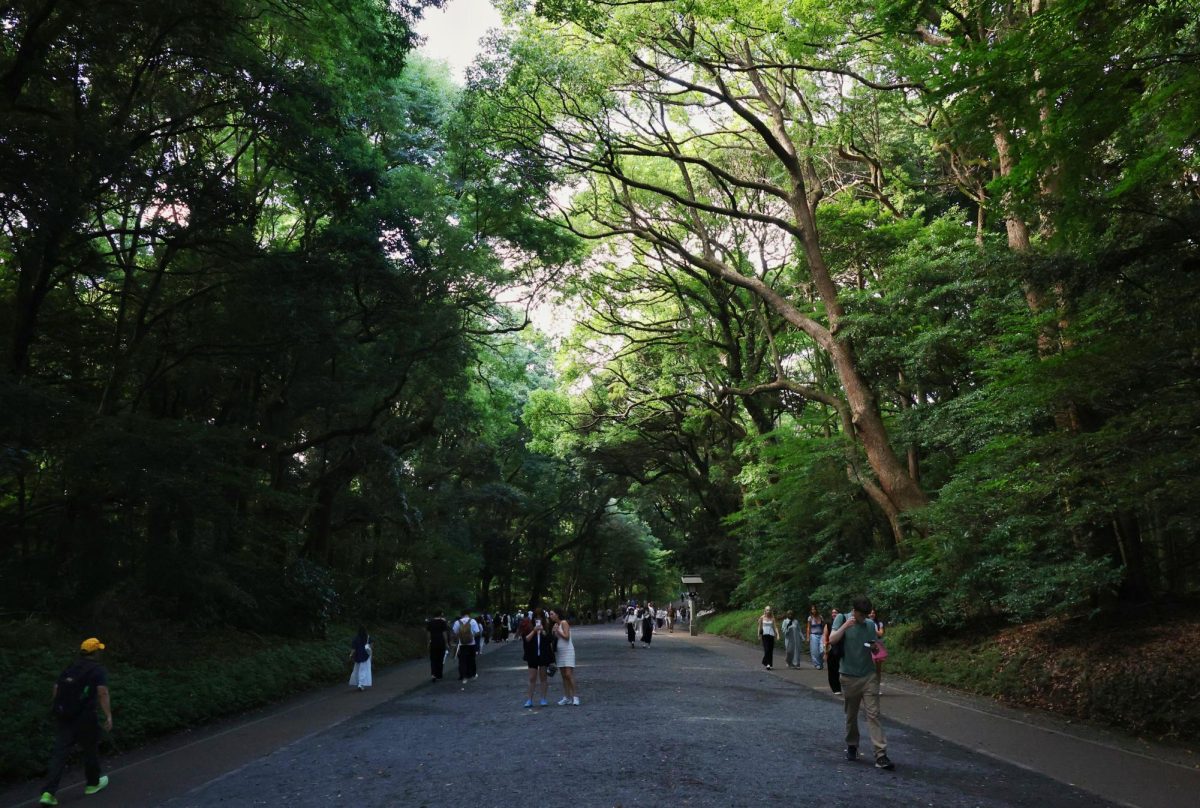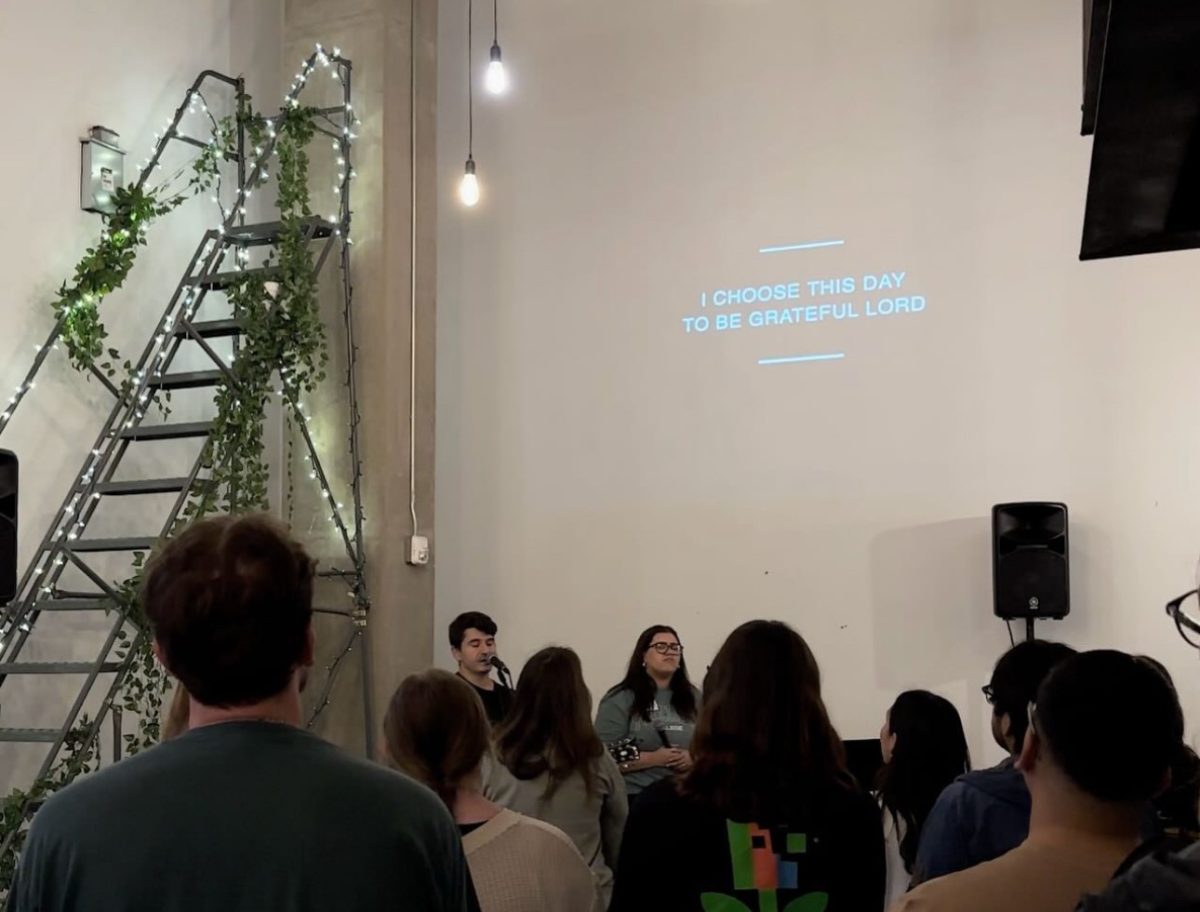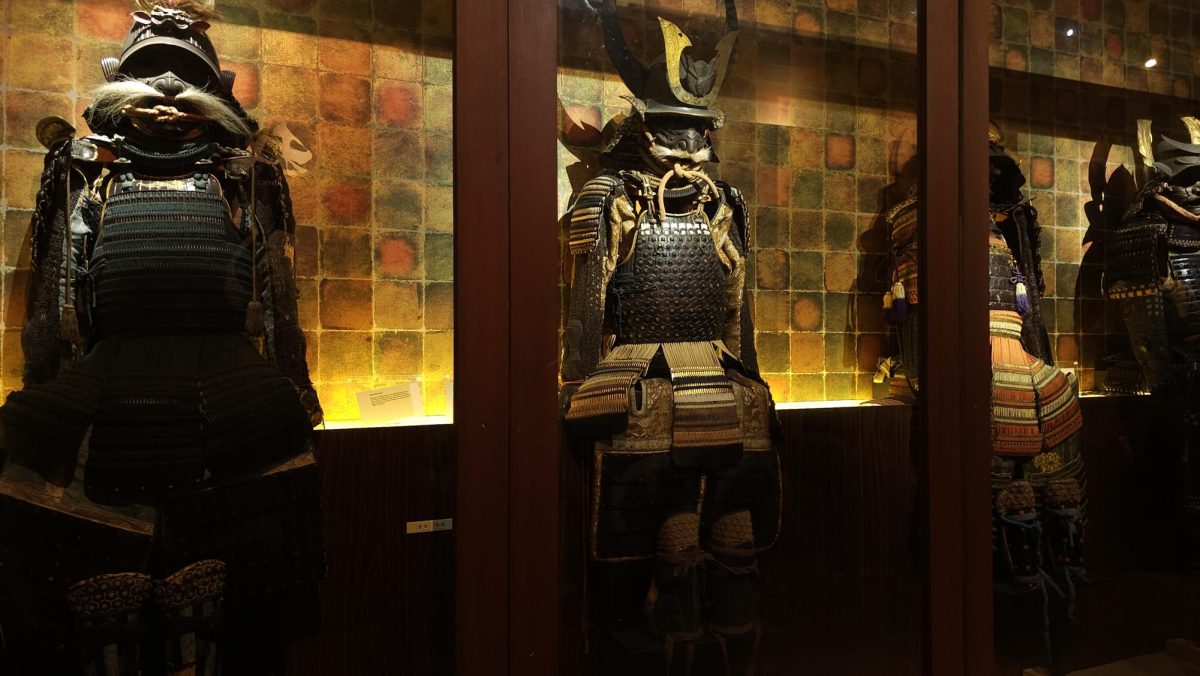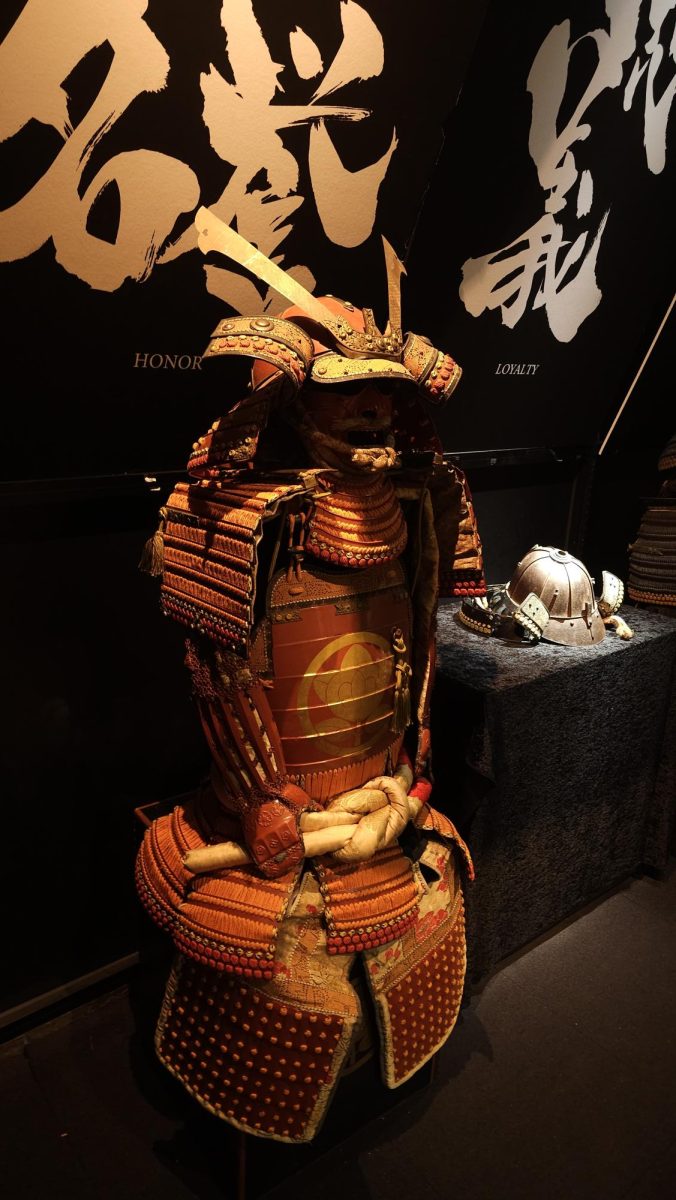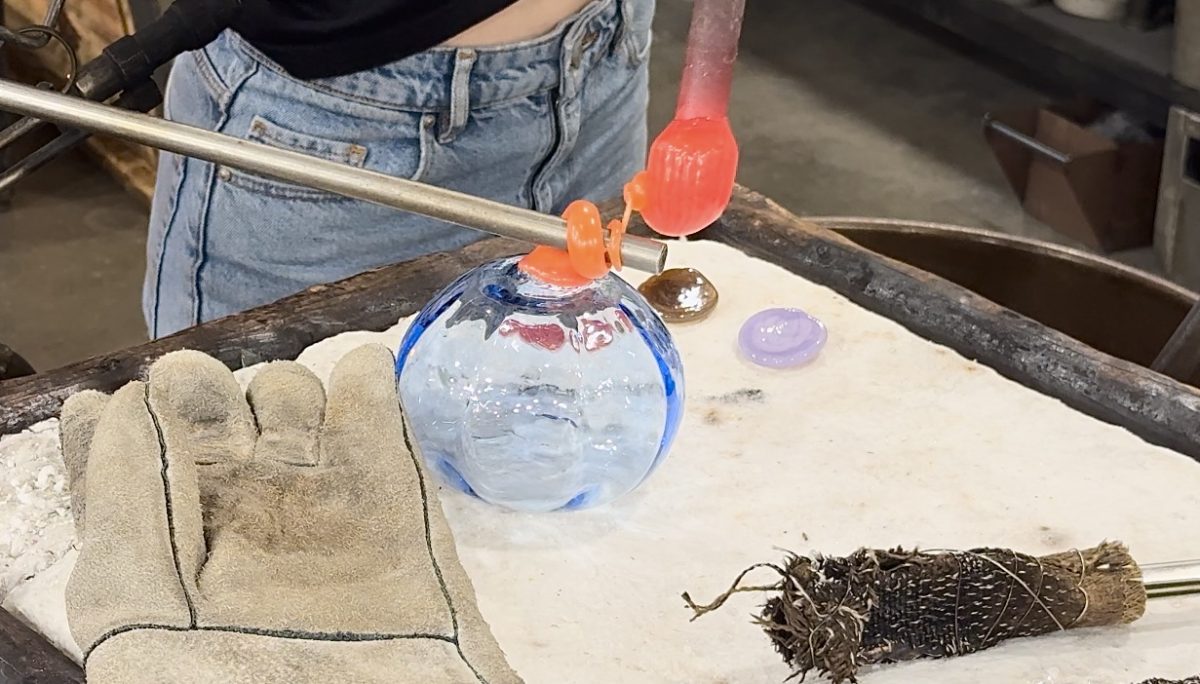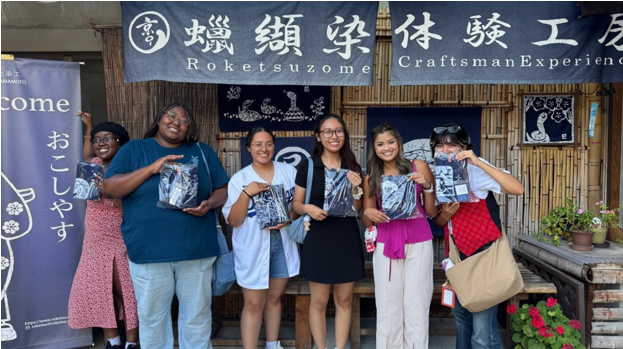KYOTO, Japan—The samurai, Japan’s legendary warrior class, have long fascinated people around the world.
At the Samurai Ninja Museum Kyoto, the legend comes to life through painstakingly preserved artifacts like armor, weapons and tools used by the samurai. The museum hosts an extensive collection of Edo period armor. Although some 300 years old, these artifacts appear almost brand new.
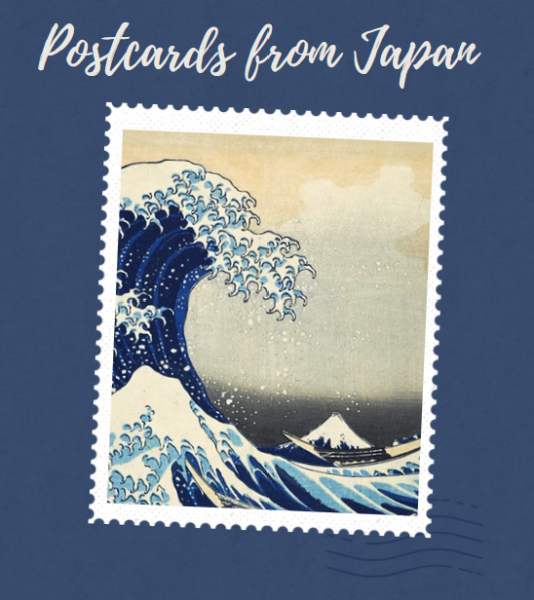
The museum traces the history of samurai in Japan with a particular emphasis on the samurai ethos. Samurai life was shaped by the Bushido code, which emphasized such values as politeness, honesty and self-control—traits that are even today often ascribed to Japanese society. Other values embraced in the Bushido code, like justice, courage and loyalty, are clearly tied to modern perceptions of the samurai.
Samurai share striking parallels with the Norse and Greek ideals of honor in battle and death. Like the Norse warriors who sought glory in Valhalla or the Greek heroes who fought valiantly for kleos, or glory, the samurai lived by a code that honored bravery, loyalty and self-sacrifice.
This comparison highlights a universal warrior spirit that transcends cultures, emphasizing the importance of honor in the face of mortality.
A particularly profound aspect of the samurai code is the practice of seppuku, a form of ritual suicide. This act was not only a means of avoiding dishonor in defeat or disgrace but also a demonstration of the samurai’s unwavering commitment to his principles.
Seppuku involved a ritualized process in which the samurai would disembowel themselves with a short sword, often followed by a ceremonial beheading by an attendant to end the suffering swiftly.
The concept of harakiri (cutting the belly) symbolized sincerity and the willingness to accept responsibility for one’s actions.
While ritualized suicide might seem extreme today, the practice provides insight into samurai culture and the samurai’s unique perspective on life, death, and personal honor.








